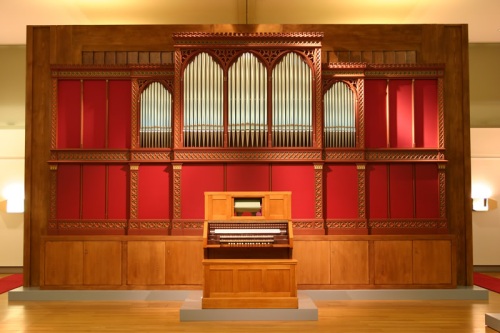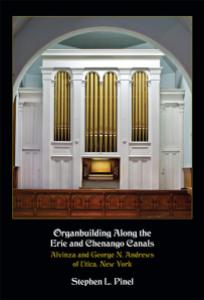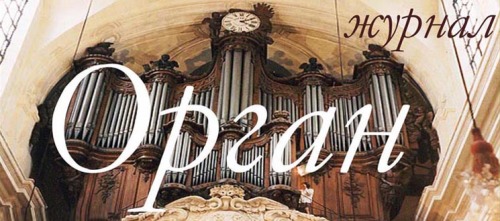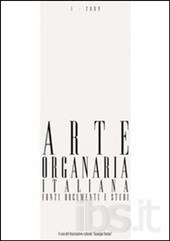
In 1950 a pipe organ built to the specifications of Adriaan Fokker (1887–1972) with octaves divided into 31 steps was inaugurated at Teylers Museum in Haarlem. The instrument originally enjoyed considerable fame, and a lively circle of composers and performers developed around it.
Since 1942 Fokker, a physicist who had studied with Einstein, had been occupied almost exclusively with music-theoretical subjects. His interest was particularly captured by the writings of Christiaan Huygens (1629–95), who advocated the adoption of just intonation. This theme became the backbone of nearly all Fokker’s music-theoretical publications.
To turn his theories into sounds, Fokker had a small organ built in 1943. This instrument was the prelude to the realization of his greatest dream: a pipe organ with 31 tones per octave. This instrument was built starting in 1945 in close cooperation between Fokker and the organ builder Bernard J.A. Pels (1921–96).
Then for years the organ was forgotten; it was even dismantled and placed in storage. But since 2009 the instrument sounds again, in the Muziekgebouw aan ’t IJ in Amsterdam. And again composers are inspired by the Fokker organ and its intriguing microtonal system.
This according to “Microtonaliteit van het Spaarne naar ’t IJ. Zestig jaar 31-toons orgel” by Cees van der Poel (Het orgel, 107/3 [2011] pp. 4–10; RILM Abstracts of Music Literature 2011-1372).
Below, Ere Lievonen performs on the instrument.











